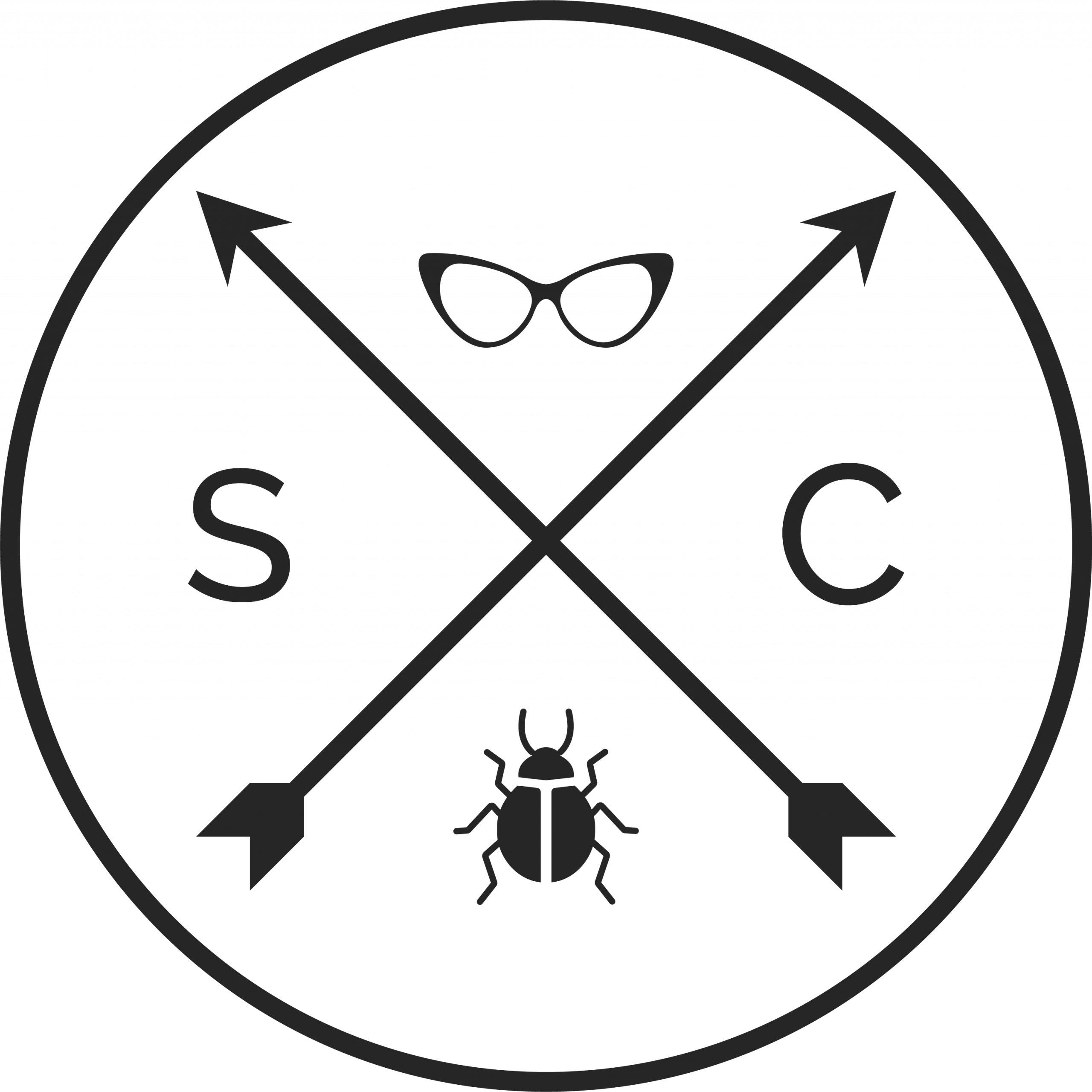I just finished listening to Zen and the Art of Motorcycle Maintenance, abridged on Audible. I didn’t like it. The narration was engaging but I got lost. It felt like intellectual wankery and it made me feel stupid for not already understanding the philosophical terms/frameworks used. I don’t understand why you would divide human understanding… Continue reading What is quality?
Category: Software Testing
Getting up to speed on a new team
If you had seen my tales of fail blog or my career growth over time, you may notice I’ve started a new tech role on average once a year since I started in tech over 10 years ago. There’s been a series of 6 month contracts, redundancies and company misfits. The most I’ve stayed with… Continue reading Getting up to speed on a new team
Having multiple CV’s
I find myself job hunting again and this time I’ve actually put in the effort to have multiple CV’s. Basically I’m keeping the first page the same but on the second page I have a portfolio for role specific experience. Even though I’m mostly applying for software testing roles, there’s still different specialties in that… Continue reading Having multiple CV’s
Meh to awesome pipelines
This is a placeholder blog post for my LambdaTest Conference talk. Here are the Slides. Context I started a new role 3 months ago (You can read on my job hunting process here). This is a story of how I’m getting involved with the process and what I’ve been helping improve from a quality and… Continue reading Meh to awesome pipelines
Engineer in Test job hunting update
Wow, I haven’t written a blog post for a while. I finished up a 3 month contract in February and was experiencing a sense of burn out. It’s taken me 2 months to recover some sense of sanity. I’d like to take a longer break but I recently got a tax bill for my companies… Continue reading Engineer in Test job hunting update
My career growth
This blog is a reflecton on my career growth overtime and how I got here. Obviously my experiences are unique to me but if you are just starting out in your tech career or considering this career path you might enjoy reading this post. Where am I at now? I’m considered a senior mobile test… Continue reading My career growth
Performance testing API’s with async/awaits
I’ve got this serverless cloud function, you can read about how I built it here. Today’s blog is how I’d go about performance testing this API using async/awaits in Typescript. The API helper class Here is the GET API function: The performance test Here’s the performance test function, it spins up 10 concurrent instances to… Continue reading Performance testing API’s with async/awaits
Let’s talk CV’s and salary
I recently helped my team interview a candidate with an 8 page CV. My first response was, “who’s got time to read 8 pages?”. Now they still interviewed well but it was a poor first impression. I like having a 1 page CV that’s very focused. Even though I’ve worked in tech for 10 years,… Continue reading Let’s talk CV’s and salary
Using SuperTest to test API’s
I have deployed this API. It’s a google cloud function that returns the minimum supported version for a fictional mobile app. This blog will walk you through how you can build a test harness in SuperTest for testing this API. What is SuperTest? SuperTest is a node javascript package that is used for testing API’s,… Continue reading Using SuperTest to test API’s
Writing blog posts
I had someone on LinkedIn ask me: How do you come up with ideas for writing? It’s taken me years of practice to build a writing itch that I enjoy scratching. I started this blog in 2013, that year I wrote 2 pieces 😬. This post is a reflection on how I get and maintain… Continue reading Writing blog posts

